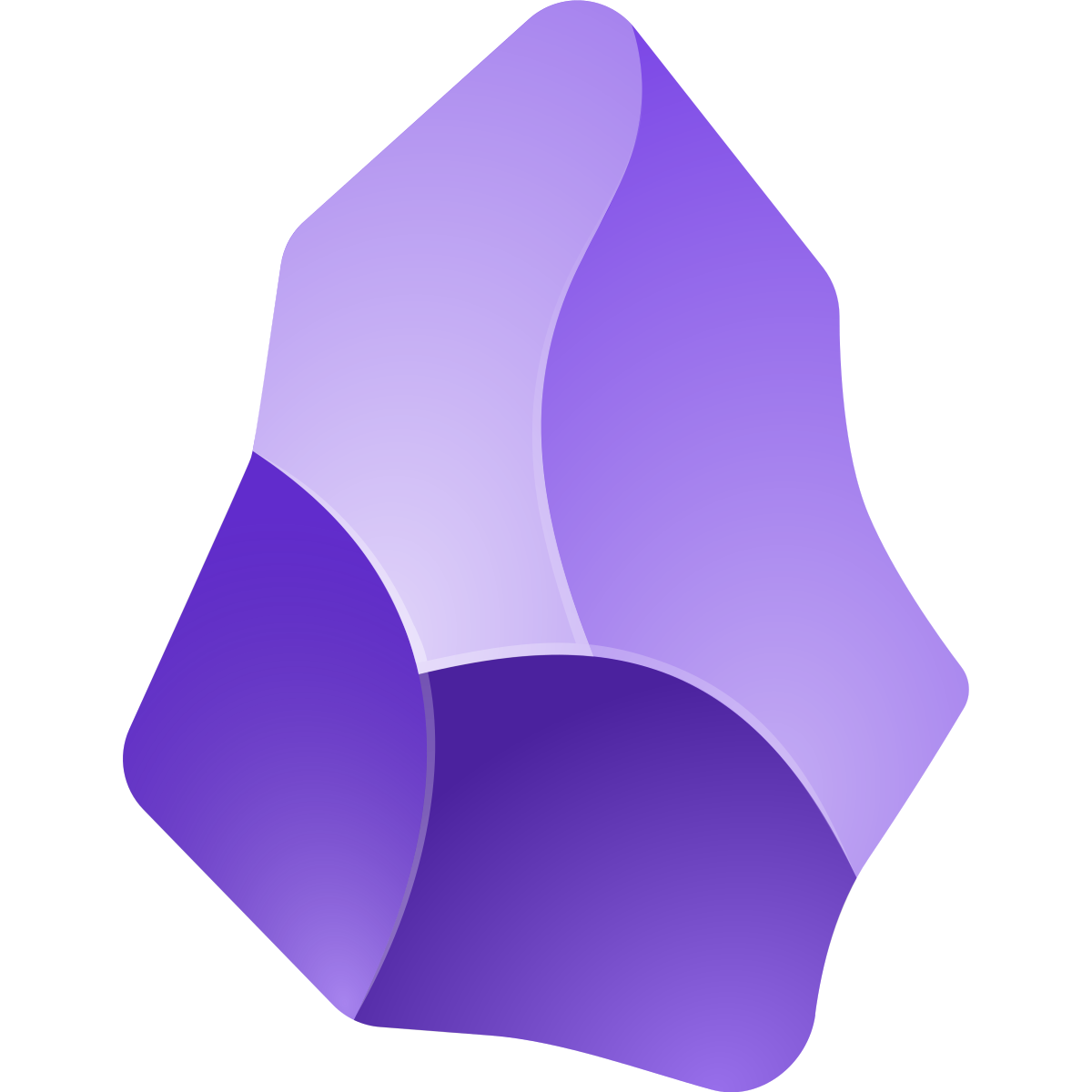Obsidian
Obsidian
To use AI to help you with learning you need to almost redefine how you take notes. AI likes documents in a text format, it is easier for them to read, enter Obsidian.

Obsidian is a powerful note-taking and knowledge management application built on the principles of Markdown. It allows users to create and link notes using a simple, plain-text format, fostering a network of interconnected thoughts and ideas. Markdown itself is a lightweight markup language that adds formatting elements to plaintext documents. With its intuitive interface and extensive plugin ecosystem, Obsidian has become a favorite among writers, researchers, and knowledge workers seeking a flexible and future-proof solution for their digital lives.
Obsidian's strength lies in its simplicity and extensibility. It leverages the basic Markdown syntax, which includes elements like headings, paragraphs, lists, and links. Headings are created using number signs (#), while paragraphs are separated by blank lines. Emphasis, such as bold and italics, is achieved using asterisks or underscores. These fundamental elements allow users to structure and format their notes effectively.
Beyond basic formatting, Obsidian excels at linking notes together, creating a "networked thought" environment. Internal links are created using double square brackets ([[ ]]), allowing users to seamlessly navigate between related ideas. This linking capability, combined with Obsidian's graph view, provides a powerful visual representation of the connections within a user's knowledge base.
The Markdown Guide (https://www.markdownguide.org/)
https://obsidian.md/
I now use Obsidian as my primary note taking application, my so called second brain. The markdown syntax is perfect for searching my notes, using my notes with AI, and mind mapping my ideas to help me understand my own thought processes. This is helping me learn faster.